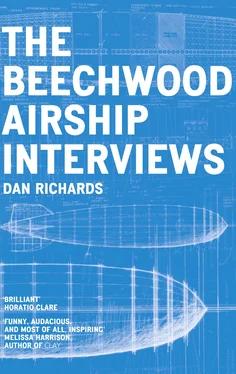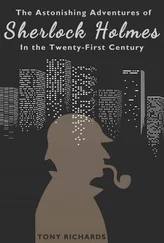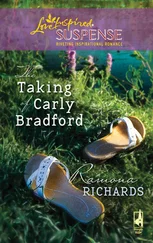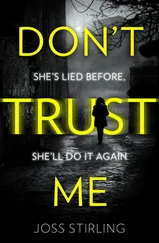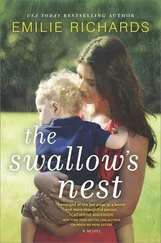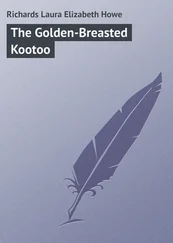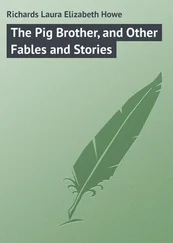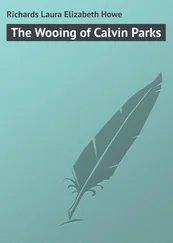But I didn’t know that yet as we stood downstairs among the drawings.
‘I’ve used drawing a lot but never really wanted to exhibit them, whereas these are different. I’m trying to make something where you can read several things all at the same time and it’s really from looking at the internet. You don’t have one stream of information now – not one and then another – it’s many things that exist and are seen together. You’d never get that from these drawings but that’s where my thinking came from; you can see the workings of ideas.’
The draughtsmanship is brilliant. Are you self-taught or did you get a lot from art school in this respect?
‘I went to a very traditional art school. Life drawing every night from seven until nine. Thirty-six life drawings a term – whether you painted abstract, whatever you did. Obviously I liked it because I wanted to paint the figure.’
I’ve read that you teach, is that right? When did that start? Is it useful to you?
‘I used to teach a lot more. I used to teach at the Slade, UCL, but I really prefer the school of Eileen Guggenheim in New York – a graduate figurative school. Warhol bankrolled it quite a bit at the start. You can go and do a class on how to paint like Velázquez, you can do sculpting directly from the figure. It’s very traditional but you learn tangible skills. I do a workshop there that I was taught when I was at art school; a tutor showed me how to mix colour and he made me make a painting with squares – mixing a tone and putting it down so you make a space invader figure. Each square had to be a tone. It forces you to think behind a shoulder – “How do you make tone a piece of space? How do you decide what that tone is going to be?” There are no lines, just tone, and so I pass that on and they really struggle for about three days and then, after about the fifth day, they start to make progress because they’re then allowed to make half-squares, triangles, so you can do the edges of shoulders until, finally, you get something … I always say to them, “You’re not making art. This has nothing to do with art. This is an exercise in looking.”’
Articulation.
‘Yes! It’s about articulation. There’s not a lot of instruction in art schools now. People are quite ashamed of having skills, actually. I’ve always thought, “I want to show off as much as possible!” (Laughs) I don’t really see why I should be apologetic about that. I want to articulate. I think that, if you’re intent on doing something, then you need to be able to articulate how to do it and … you know, the amount of students I’ve had who’ve painted a broken hand or foot that they can’t articulate and have constructed a philosophy around that painting to justify it because they can’t do it. I think that’s part of the big problem with painting: there’s been a whole construct of “bad painting is good painting”. I find that annoying.’
Jenny trails off to a glum shrug. The fan heater clicks and whirs. The plastic sheet walls whisper and we stand there in silence for a moment.
Is most of your current work about pregnancy?
‘No. I’d like to mix it up a bit. I don’t really want to do a “Mother” thing. I’ve noticed from looking at art history that the notion of mother and child is very much a fantastical idea but it’s fucking visceral, giving birth; it’s unbelievable. You have a body coming out of your body. That is weird.’
I’ve always thought having a baby must be incredibly scary – this thing growing inside you, getting bigger – the amount of horror films based around that premise.
‘Alien.’
Eraserhead. Videodrome …
‘What struck me most about Miracles of Life, Ballard’s last book, was that he talks about this baby arriving that’s a new life yet looks like it’s been there for centuries – such an ancient, animalistic thing. That was quite a shock, I didn’t know how I’d feel but you are absolutely an animal in that moment … it was very close to painting and, it’s technical but I had a difficult birth; after my daughter was born a surgeon had to come and remove part of my stomach and all the placenta by hand – literally grabbing handfuls of placenta out of my body and putting it onto a table next to me. I was looking at that and, in that moment, I was in a Francis Bacon painting. I thought, “I am never going to make paintings in the same way again.” It was incredible – seeing the inside of your body being pulled out. I could feel the surgeon’s hand at the top of my ribcage – while his arm was inside me.’
James Herriot stuff.
‘Really like that, really profound; an incredibly intense moment. I’ve worked under medical light before, the feeling of medical light – so all the colours, the greens and the reds, are very intense, but at the same time I had just become a mother so I had just given birth to this little girl and I had all this going on at the same time. I saw painting everywhere.’
Did you feel detachment or absolute presence in the moment?
‘I think I shifted between those things constantly. I remember thinking, “Look at that, Jenny; you’ve got to take that in, you’ve got to hold and watch that, that’s amazing. Look at the colours in that!” At the same time my aunt’s holding my daughter and I was asking, “Is she alright? Is she okay?” You know, “That’s my daughter! Isn’t she beautiful!”
I have noticed in life that I’ve had times where I’ve had a conscious feeling of trying to hold a moment, visually, because I’ve known it was important; even at a very young age.
I remember riding on a merry-go-round and seeing another little girl who’d cut her legs open because she’d fallen off her horse and I was going round – sitting with my dad on one of those golden horses that go up and down – getting snippets, coming round again and getting another snippet.’
With a jolly pipe organ soundtrack.
‘Exactly. I remember thinking, “That’s really powerful,” because everyone was looking and then you couldn’t see. I wanted to get round and see again. That’s very much the kind of animal/human – wanting to see something but being worried at the same time or repulsed. I remember the scene so vividly. I was obviously tuned-in to that way of thinking even then because I knew that it was important, visually important to me, and I understood the mechanics of it and I must only have been four or five.’
I remember slamming my fingers in a car door when I was very young and my dad – in the way dads do – bought me a Crunchie chocolate bar to make it better. So now, every time I see a Crunchie I have that memory and a slight twinge, a feeling of pins and needles. I remember looking down at the dent in my fingers, squished right down … that moment before the pain hits. You get a split second of perfect clarity.
‘Yes, exactly, and I think that sometimes I paint with that in mind. That moment.’
• • • • •
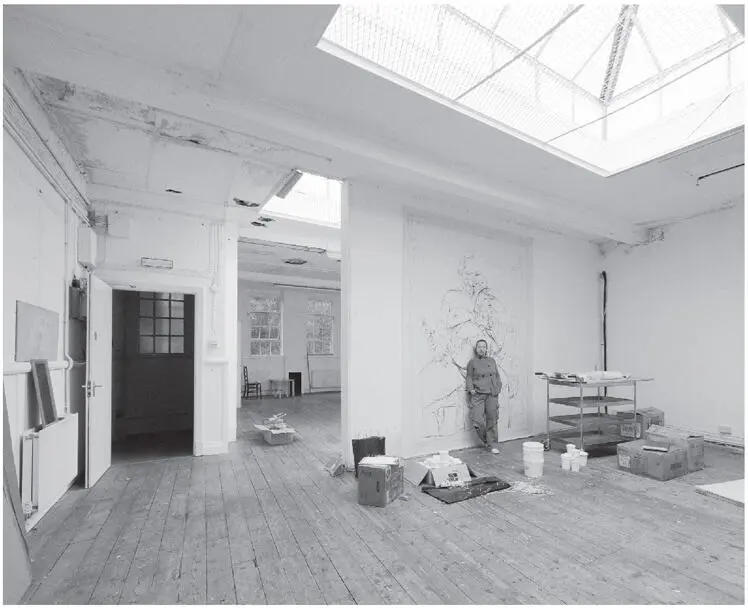
Normally, of course, these are just the sort of conversations that might make you change seats, carriages or trains if it came unbidden from the lady next to you – unless she’d introduced herself as a surgeon or a butcher, say, and you’d kicked off with ‘So … evisceration and the films of Nicolas Roeg, eh?’
Yet I’m fascinated in Jenny’s company and engaged to an extent where any weirdness, macabre connotations or squeamishness could not be further from my mind.
The incredible intensity of the few hours I spend with her will remain with me and, looking back, there was a saturation about that morning – the colours and the images, the source texts and the photographs … yet, at the heart of it all was this quiet, contained lady in painty tracksuit bottoms, hair held back by an elastic band … ‘But she was so bloody normal,’ I’ll later recall, then, almost in the same breath, ‘She was one of the most brilliant, uncanny people I’ve met.’ *
Читать дальше
